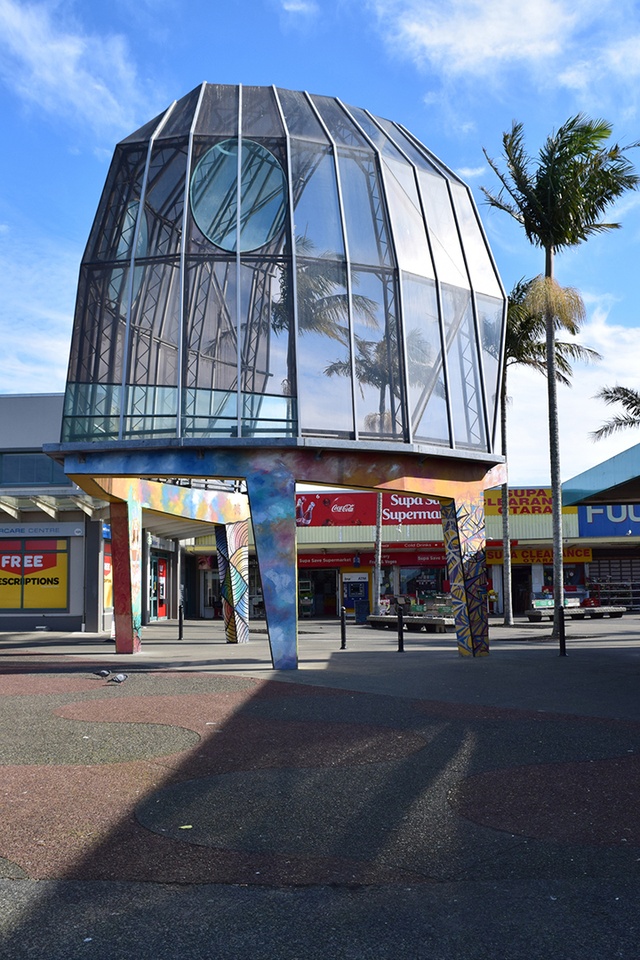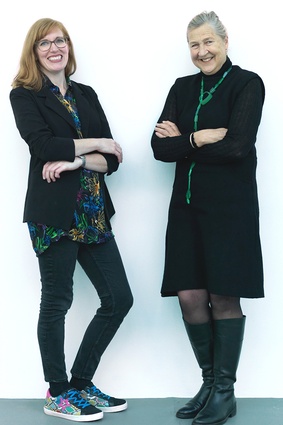Saving public art works of importance
Public Art Heritage, a new website launched in July, is calling all art and architecture lovers to register 20th-century artworks of importance to record on its site, ie those produced between 1900 and 1999.
Renowned architect Rewi Thompson’s Ōtara Fish Canopy has just been listed by the project, who will be pursuing Heritage New Zealand listings for works of significance such as this.
If the art is publically accessible then it is eligible to be listed – anything from a building façade, lobby space and doors through to murals and sculptures.
Public Art Heritage defines a ‘public space’ for the purposes of this initiative as a physical site (other than galleries and museums) that fits one or more of the following criteria:
- It is publicly accessible (could include de facto public spaces i.e. hospitals, schools and universities, churches, shopping malls and private building foyers where public access is a key factor)* and/or;
- It is visible to the public (i.e. part of the landscape, owned in the imagination of the public) and/or;
- It is publicly owned.
*The scale, mobility and site specificity of a work may be consideration factors for inclusion.

This includes many listings of public artworks commissioned to architects, or who commissioned art through their projects (e.g. Helmut Einhorn) and the Ministry of Works.
At the time of launch, the register contained over 380 artworks: the result of six years of research and documenting works around the country, with the aim of promoting and protecting Aotearoa’s public art heritage. The register will be an invaluable resource for researchers, the arts community, local authorities, local communities, tourists, schools, hospitals, churches and other public-facing organisations.
At sites where significant artworks have been neglected or removed, the website states they will also be pursuing the restoration and reinstallation of the art, and the installation of plaques near unlabelled works of significance to ensure local audiences are made aware. The project is also listing works that have been lost, hidden, destroyed or deaccessioned.
Co-directors Dr Bronwyn Holloway-Smith and Sue Elliott, with support from Massey University College of Creative Arts and Ministry for Culture and Heritage, are calling on members of the public to assist in building the register and protecting these important 20th-century public artworks.
Visit publicart.nz to view the public artworks currently registered and to submit a suggestion for any public artworks you would like to see added to the register.

![Rewi Thompson (Ngāti Porou, Ngāti Raukawa), Aronui Trust Carvers, Whaiora Marae, ‘Fish Canopy’ (1987) [head], Ōtara Town Centre, Tāmaki Makaurau Auckland.](https://cdn.architecturenow.co.nz/site_media/media/cache/a6/b9/a6b9fc7f4eee3a897eaf9a486b8d8674.jpg)
![Rewi Thompson (Ngāti Porou, Ngāti Raukawa), Aronui Trust Carvers, Whaiora Marae, ‘Fish Canopy’ (1987) [head], Ōtara Town Centre, Tāmaki Makaurau Auckland.](https://cdn.architecturenow.co.nz/site_media/media/cache/bf/27/bf2725a634d49051dbca539cc7c3d743.jpg)









